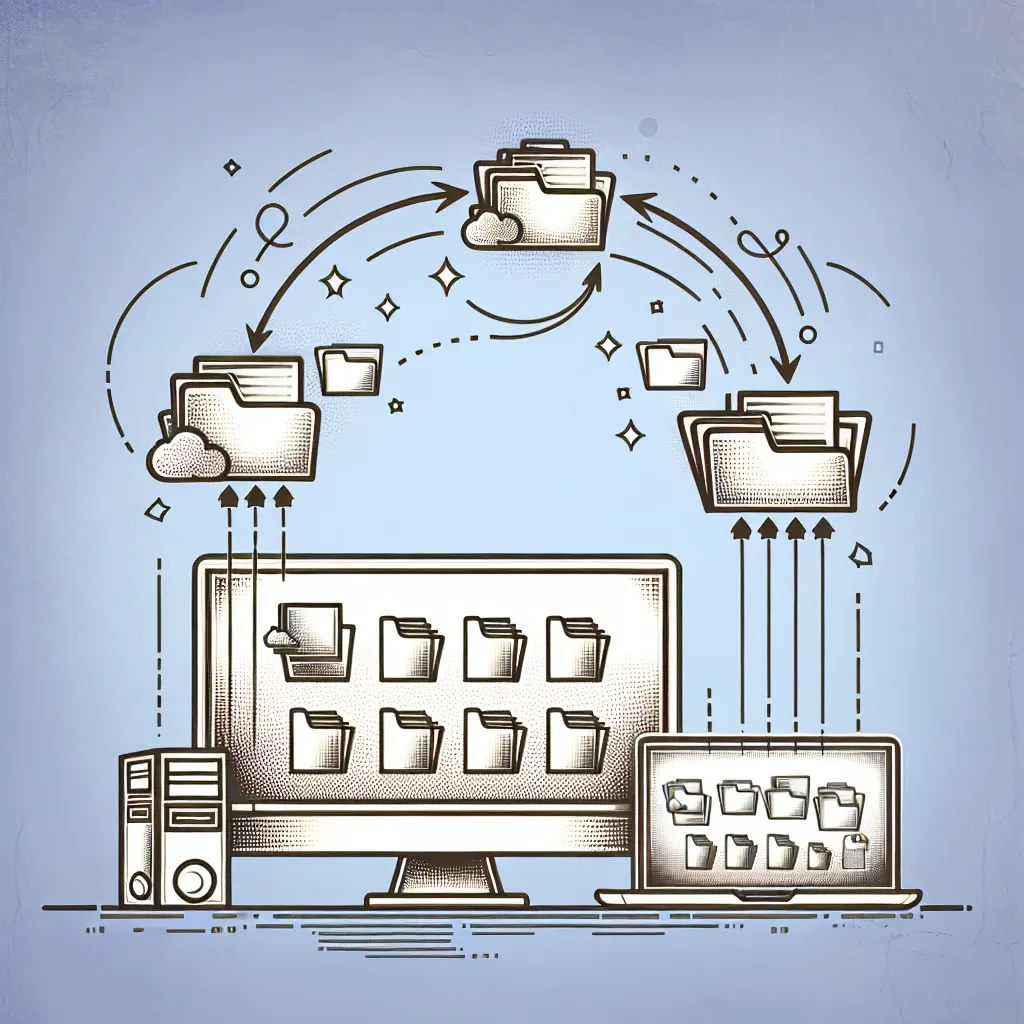In an age where data management is crucial, knowing how to synchronize folders and files on your computer can save you a lot of time and effort. Whether you are working on a project, sharing files between devices, or backing up important information, synchronization ensures that you’ll always have the most recent version of your files readily available. This article delves into various methods and tools to help you seamlessly synchronize folders and files on your computer.
Why Synchronize Folders and Files?
Folder and file synchronization brings numerous advantages:
- Consistency: Keep your files updated across multiple devices.
- Backup: Secure your data by having multiple copies.
- Collaboration: Enhance teamwork by sharing the latest files.
- Productivity: Save time by avoiding manual updates.
Methods to Synchronize Folders and Files
Cloud-Based Solutions
Cloud-based solutions are among the most popular methods for synchronizing files. Here are some commonly used platforms:
| Platform | Free Storage | Paid Plans |
|---|---|---|
| Dropbox | 2GB | Starts at $9.99/month |
| Google Drive | 15GB | Starts at $1.99/month |
| OneDrive | 5GB | Starts at $1.99/month |
Advantages of Cloud-Based Solutions
- Accessibility from any device with an internet connection.
- Automatic synchronization and backup.
- Collaboration features included.
Disadvantages of Cloud-Based Solutions
- Requires an internet connection.
- Limited free storage.
- Ongoing subscription costs for higher storage.
Local Synchronization Software
If you prefer to keep your data off the cloud, local synchronization software can be a great alternative. Here are some popular options:
- FreeFileSync: Free and open-source tool.
- SyncBackPro: Feature-rich but paid software.
- Rsync: Command-line utility available for Unix-based systems.
Advantages of Local Synchronization Software
- No need for an internet connection.
- More control over data security.
- One-time payment for some software.
Disadvantages of Local Synchronization Software
- Requires initial setup and configuration.
- No remote access unless configured.
- Limited collaboration features.
External Storage Solutions
Using external drives or USB sticks is another simple way to synchronize files.
- Advantages: Physical control over your data, no internet required.
- Disadvantages: Physical devices can be lost or damaged, manual effort needed for synchronization.
Step-by-Step Guide to Synchronize Folders and Files
Using Cloud Solutions
Here’s how you can synchronize files using Google Drive:
- Download and install the Google Drive app on your computer.
- Log in with your Google account.
- Select the folders you wish to synchronize.
- Enable offline access if needed.
- GoogleDrive will automatically update files across your devices.
Using Local Synchronization Software
Follow these steps to synchronize files using FreeFileSync:
- Download and install FreeFileSync from its official website.
- Create a ‘New Sync’ profile.
- Select the source and destination folders.
- Configure synchronization rules and schedule.
- Click on ‘Synchronize’ to begin the process.
Using External Storage
To synchronize files using an external drive:
- Connect your external drive to your computer.
- Manually copy the files to the drive.
- Connect the drive to other devices and manually update the files.
- Regularly repeat the process to ensure files are up-to-date.
Tips for Effective Synchronization
- Regular Backups: Make sure to create backups of your data quickly.
- Use Encryption: Secure your data with encryption, especially for cloud storage.
- Automate Sync: Where possible, automate the sync process to save time.
- Monitor Changes: Keep an eye on sync operations to avoid conflicts or errors.
Conclusion
Incorporating file and folder synchronization into your data management routine can significantly improve efficiency, security, and collaboration. Whether you choose cloud-based solutions, local software, or external drives, each method has its own set of advantages and disadvantages. Assess your needs and choose the method that aligns best with your requirements.

